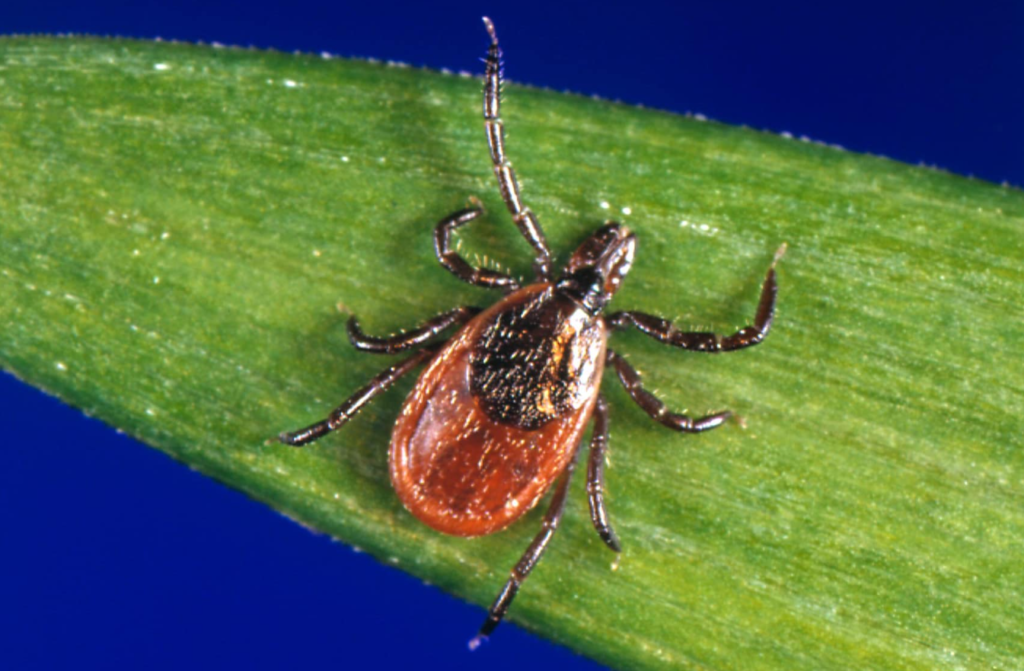Lyme Disease: Exploring Natural, Energy, and Conventional Approaches
Lyme disease, a tick-borne illness caused by the bacterium Borrelia burgdorferi, has become increasingly prevalent in many parts of the world. While conventional antibiotic treatments are the mainstay for managing this condition, some individuals seek complementary therapies to support their healing journey. This article delves into natural remedies, energy healing, and allopathic (pharmaceutical) treatments for Lyme disease, providing a comprehensive overview of their potential
benefits, risks, and scientific perspectives.
Natural Herbal Remedies
For centuries, various herbs and plants have been utilized in traditional medicine to alleviate symptoms associated with Lyme disease. While scientific research in this area is still evolving, several herbal remedies have gained attention for their potential therapeutic properties:
• Artemisia annua (Sweet wormwood): This herb, known for its antimalarial properties, contains the compound artemisinin, which has shown promising antimicrobial activity against Borrelia burgdorferi in
vitro studies.
• Uncaria tomentosa (Cat's claw): Believed to possess anti-inflammatory and immune-boosting properties, cat's claw is often used as a complementary therapy for Lyme disease.
• Curcuma longa (Turmeric): Turmeric’s active compound, curcumin, has demonstrated anti-inflammatory and immunomodulatory effects, making it a potential adjunct in managing Lyme disease symptoms.
• Allium sativum (Garlic): With its antimicrobial and immune-supporting properties, garlic is sometimes incorporated into herbal protocols for Lyme disease.
While many of these herbs are generally considered safe when used appropriately, consulting with qualified healthcare professionals before incorporating them into your treatment plan is crucial, as they may interact with medications or have potential side effects.
Energy Healing: The Realm of Reiki
Reiki, a Japanese energy healing technique, involves the transfer of universal life energy from the practitioner to the recipient. While not a direct treatment for the underlying Borrelia burgdorferi infection, Reiki is believed to help manage various symptoms associated with Lyme disease, such as pain, fatigue, and inflammation, by promoting relaxation and balance in the body's energy fields.
• Reiki is generally considered a safe and non-invasive practice with minimal risk of adverse events when performed by a trained practitioner.
• However, there is limited scientific literature specifically on the use of Reiki for Lyme disease, and more research is needed to evaluate its specific effects on this condition.
Conventional Antibiotic Treatments
While natural and energy-based approaches may offer complementary benefits, the most effective and well-established treatment for Lyme disease remains antibiotic therapy prescribed by licensed healthcare professionals. These pharmaceutical treatments target the causative Borrelia burgdorferi bacteria:
• Doxycycline, amoxicillin, and cefuroxime axetil are common antibiotics used to treat Lyme disease, depending on the stage and severity of the infection.
• Cure rates can vary, with early localized Lyme disease having a higher success rate (around 80-90%) than late disseminated Lyme disease, which may have lower cure rates and persistent symptoms (post-
treatment Lyme disease syndrome) in some cases.
It is important to note that while antibiotics effectively eliminate bacterial infections, they can also have potential side effects, such as nausea, diarrhea, rash, photosensitivity, and, in rare cases, allergic reactions or Clostridium difficile colitis.
Combining Approaches: A Holistic Perspective
Some healthcare practitioners and patients may explore the complementary use of natural remedies, energy healing, and conventional antibiotics. However, large-scale clinical studies evaluating such combinations for Lyme disease still need to be included.
• The rationale behind this integrative approach is to address the disease from multiple angles: antibiotics targeting the causative bacteria, herbs providing potential antimicrobial and anti-inflammatory effects, and energy healing supporting overall well-being and symptom management.
• Potential benefits of combining these modalities include managing the overall symptom burden, improving quality of life, and providing additional anti-inflammatory and immunomodulatory effects.
• However, caution should be exercised due to potential herb-drug interactions, and the use of complementary therapies should be discussed with licensed healthcare providers to ensure proper monitoring and coordination with prescribed treatments.
While the scientific literature on combining these approaches is limited, some individuals may explore integrative strategies based on anecdotal reports and personal preferences.
Summary and Final Thoughts
Lyme disease is a complex condition that can benefit from a multifaceted approach to treatment and management. While conventional antibiotic therapy remains the cornerstone for addressing the underlying bacterial infection, natural herbal remedies and energy healing techniques like Reiki may offer complementary benefits in managing symptoms and supporting overall well-being.
It is crucial to consult with licensed healthcare professionals and ensure proper monitoring and coordination of complementary therapies with conventional medical treatment. Additionally, more research is needed to investigate the potential synergistic effects, safety, and efficacy of combining these various modalities in the context of Lyme disease.
Ultimately, an open and holistic approach, coupled with evidence-based decision-making, can empower individuals to navigate their healing journey with Lyme disease while considering the potential benefits and risks of each treatment option.
References:
1. Buhner, S. H. (2022). Herbal Medicine for Lyme Disease. Healing Arts Press.
2. Richards, H. R. (2019). Lyme Disease Alternative Treatments: Natural Remedies, Holistic, Herbal Approaches for Chronic Lyme.
3. Hubbard, J. (2018). Essential Plant Medicines for Lyme Disease. Lyme Disease Resource Center.
4. Wormser, G. P., Dattwyler, R. J., Shapiro, E. D., Halperin, J. J., Steere, A. C., Klempner, M. S., … & Nadelman, R. B. (2006). The clinical assessment, treatment, and prevention of Lyme disease, human granulocytic anaplasmosis, and babesiosis: clinical practice guidelines by the Infectious Diseases Society of America. Clinical Infectious Diseases, 43(9), 1089-1134.
5. Vitale, A. T., & Keane, P. M. (2017). The Effects of Reiki on Pain and Anxiety in Women with Abdominal Hysterectomies. Holistic Nursing Practice, 31(6), 376-383.
6. Richeson, N. E., Spross, J. A., Lutz, K., & Peng, C. (2010). Effects of Reiki on anxiety, depression, pain, and physiological factors in community-dwelling older adults. Research in Gerontological Nursing, 3(3), 187-199.
7. Centers for Disease Control and Prevention. (2021). The Clinical Assessment, Treatment, and Prevention of Lyme Disease. Retrieved from https://www.cdc.gov/lyme/treatment/index.html

